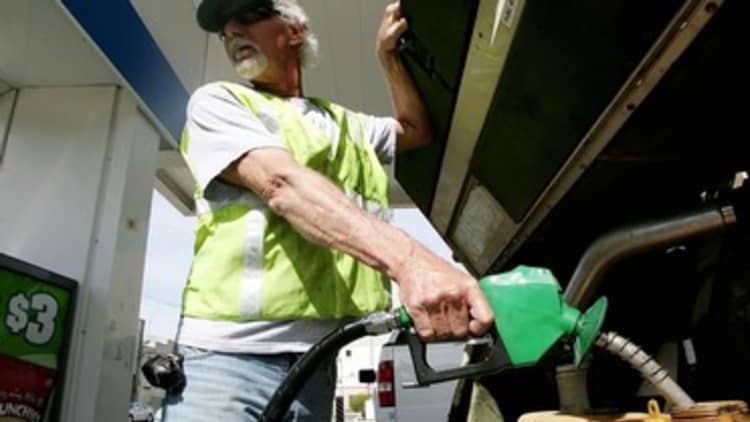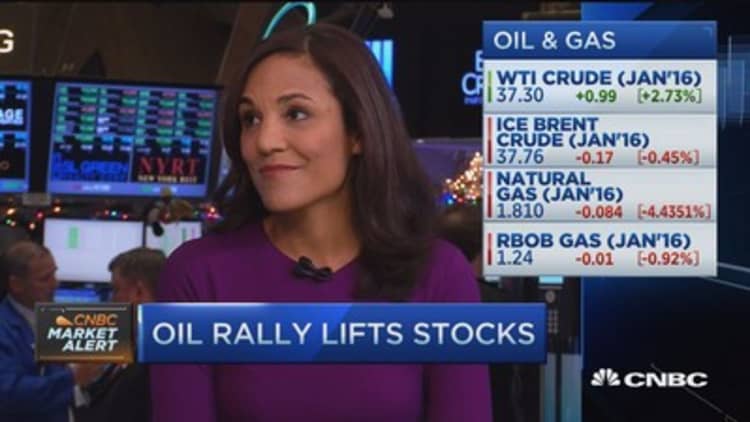
Oil rebounded by nearly 3 percent on Tuesday, halting a slide to 11-year lows, but traders said they expected no more than fleeting support for crude in an oversupplied market and ahead of a forecast U.S. rate hike that could send the dollar rallying.
Brent and U.S. crude's West Texas Intermediate (WTI) futures rose for a second straight day on short covering, after being unable to break below a seven-year trough.
"We are seeing nothing unusual about this week's price bounce given the fact that the entire complex had become much oversold based on virtually all of our technical indicators," Jim Ritterbusch of Chicago-based oil consultancy Ritterbusch & Associates said in a note.
"Focus during the next two sessions across much of the commodity/financial space will be on tomorrows Fed announcement where we feel that a rate hike has been largely priced in."
Brent was up 49 cents, or 1.29 percent, at $38.41 a barrel. It came within 14 cents of snapping its December 2008 low of $36.20 on Monday.
"We were due for a relief rally. If we think about Brent, it traded down for seven straight days," Helima Croft, chief commodities strategist at RBC Capital Market, said to CNBC's "Closing Bell," on Tuesday.
WTI settled at $37.35 a barrel, up 2.86 percent, or $1.04. It fell to $34.53 a day ago, hovering above its financial crisis low of $32.40.
The dollar rebounded from an earlier six-week low against a basket of currencies on expectations the Federal Reserve will announce on Wednesday the first rate hike in almost a decade. A stronger greenback makes dollar-denominated oil less affordable to euro holders.
Croft believes that the price volatility in the oil market was fused by sentiment, which can change based on news, and considers that the fundamental picture of the market has stayed the same.
Credit ratings agency Moody's said it had lowered its 2016 Brent crude oil estimate to $43 a barrel from $53 on the outlook for prolonged oversupply as additional production from Iran would offset any slowdown in U.S. output.
Analysts at Danske Bank said oil prices could fall below $25 a barrel before output levels decline and support prices.

With OPEC pumping strongly and U.S. drillers producing large amounts of crude, the Brent/WTI premium has shrunk 28 percent in one week to $1.95 per barrel.
OPEC Secretary General Abdullah al-Badri, however, said current low oil prices would not continue and may rise in a few months or a year.
"We think Q1 could be in the $40s, we're looking at the Iranian barrels coming back," Croft noted. "We don't think it's sustainable at the really low levels."
Oil markets usually see strong demand toward the year end and ahead of the Northern Hemisphere winter as heating demand peaks. But the El Nino phenomenon has led to unseasonably warm weather and limited demand for heating.
In the United States, congressional leaders inched toward agreeing to repeal a 40-year old U.S. oil export ban that could alleviate pressure on oil storage in the world's biggest producer.
— CNBC's Denise Garcia contributed to this report.


